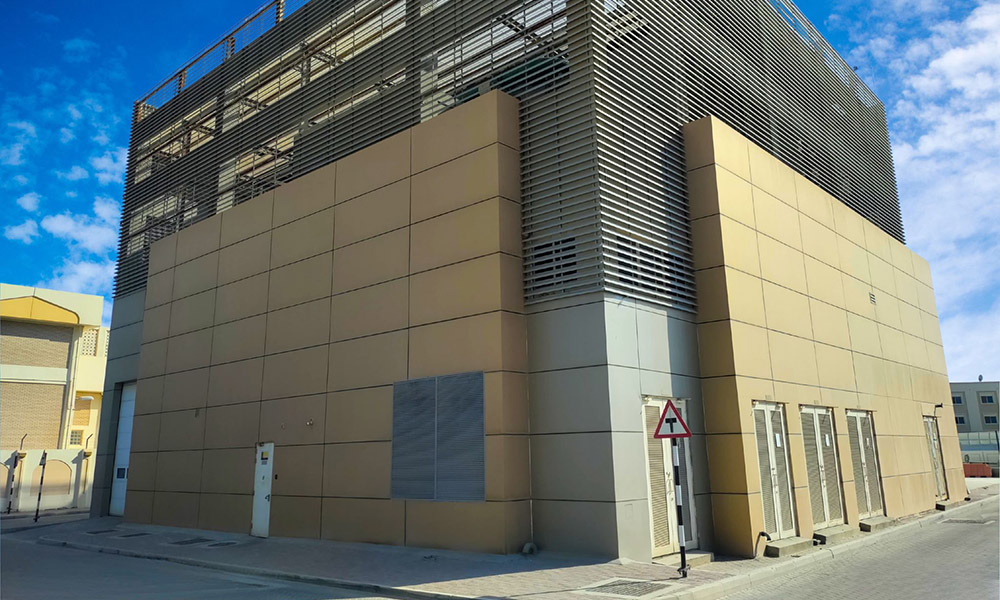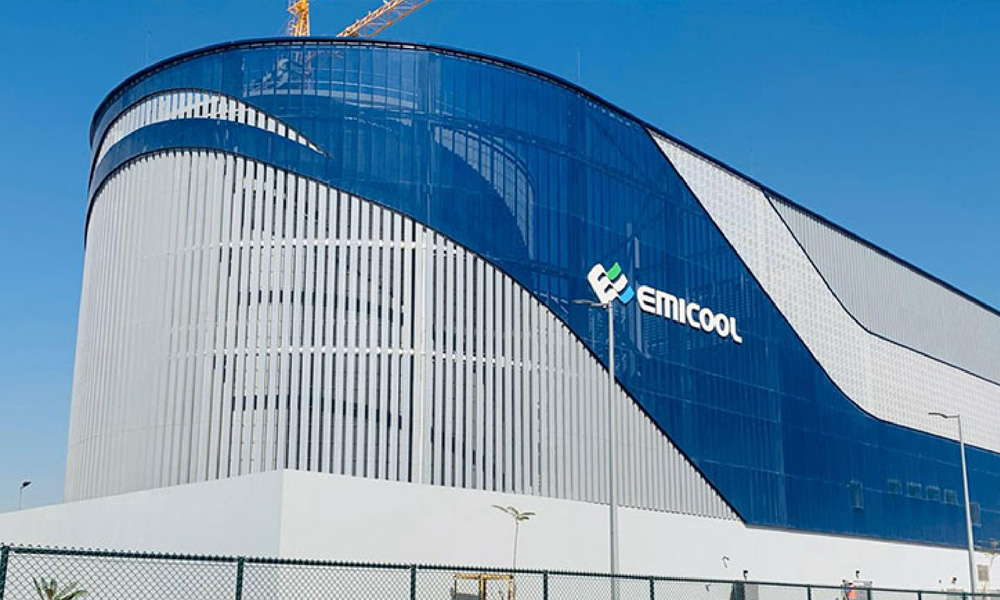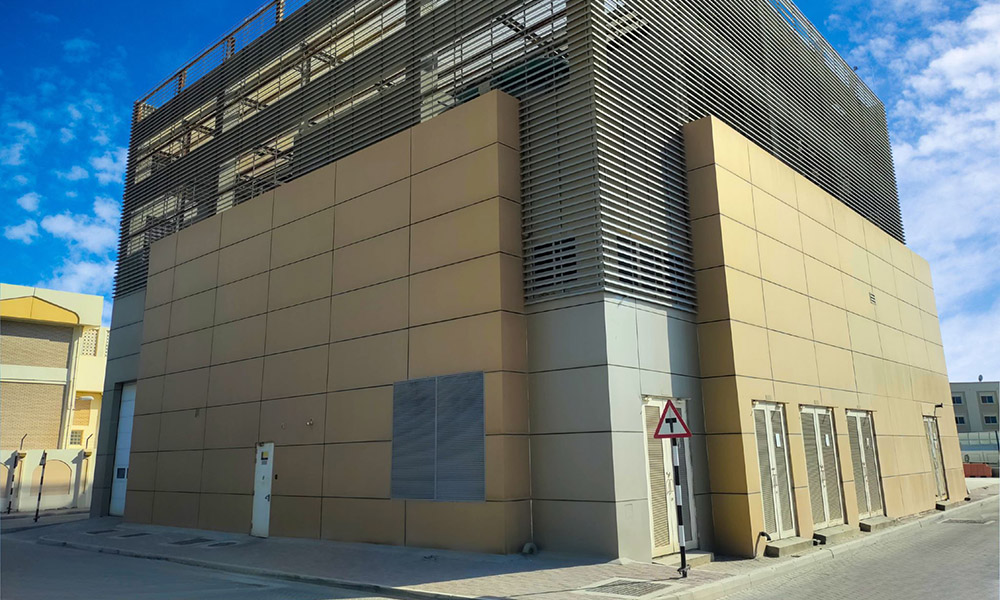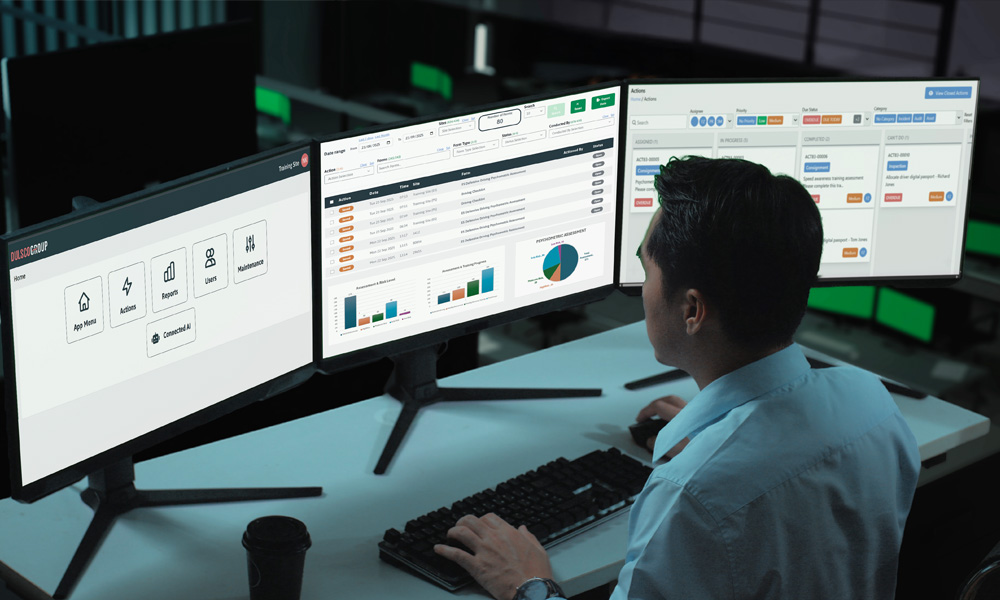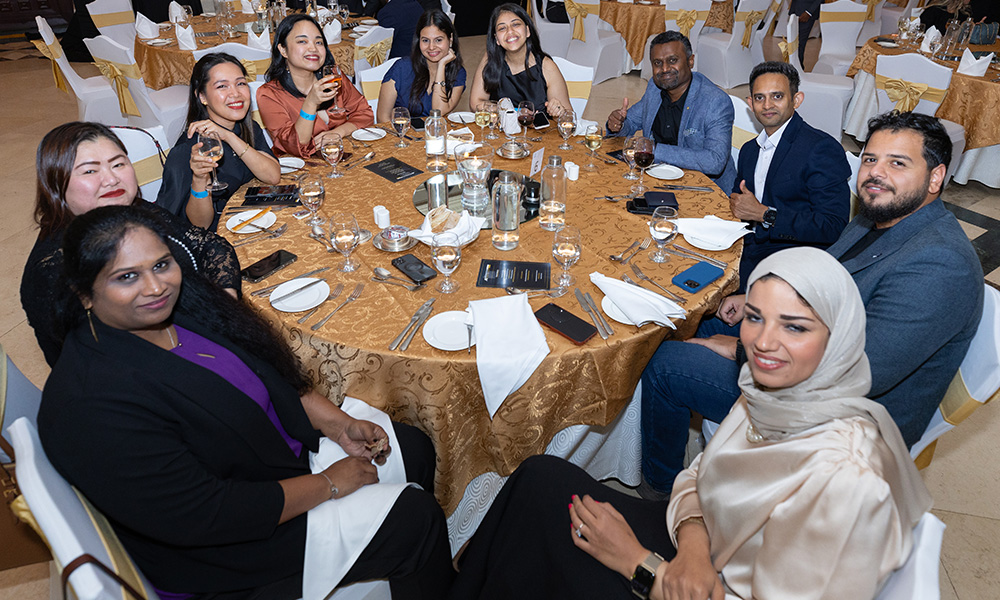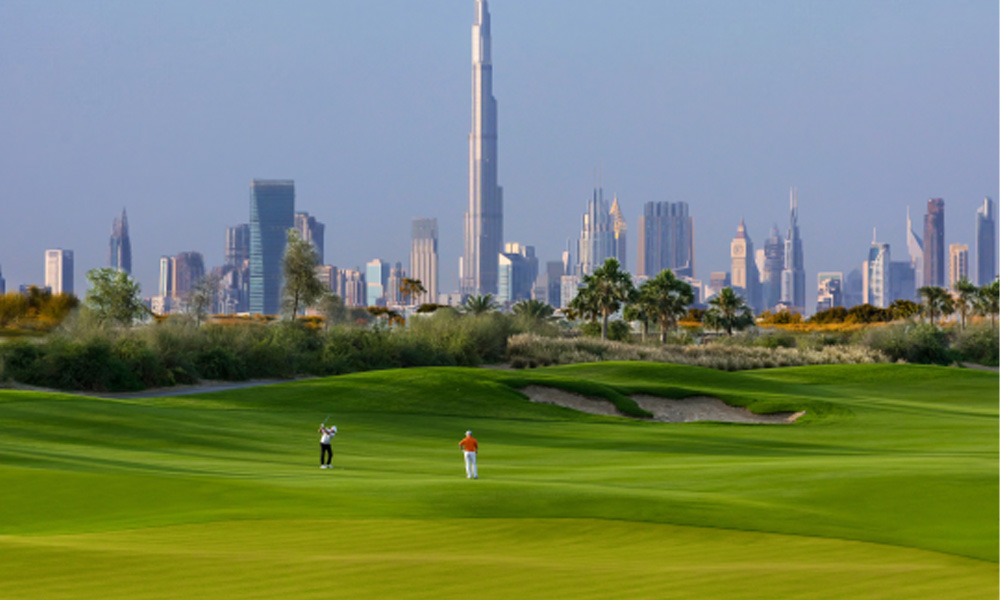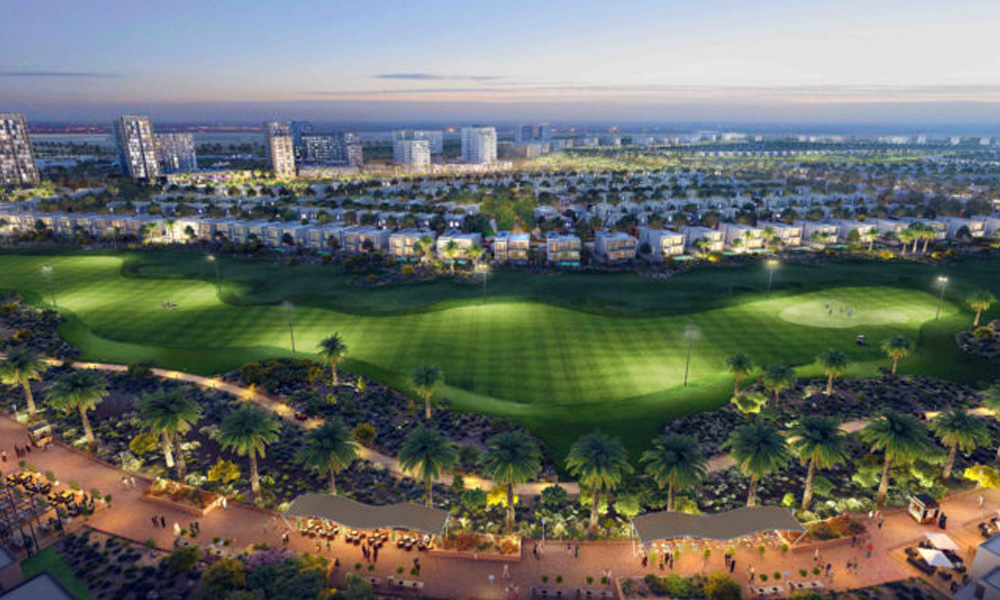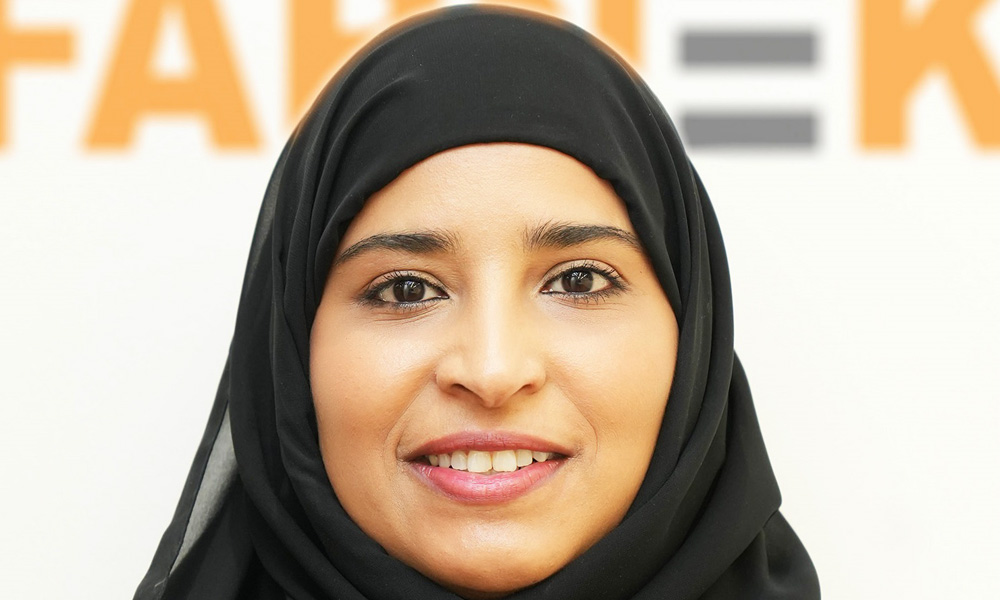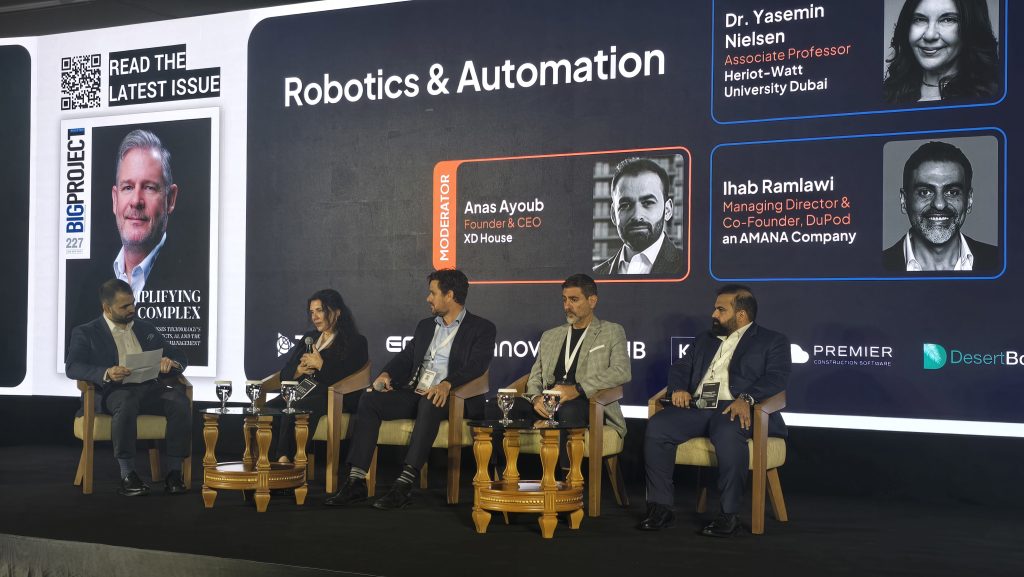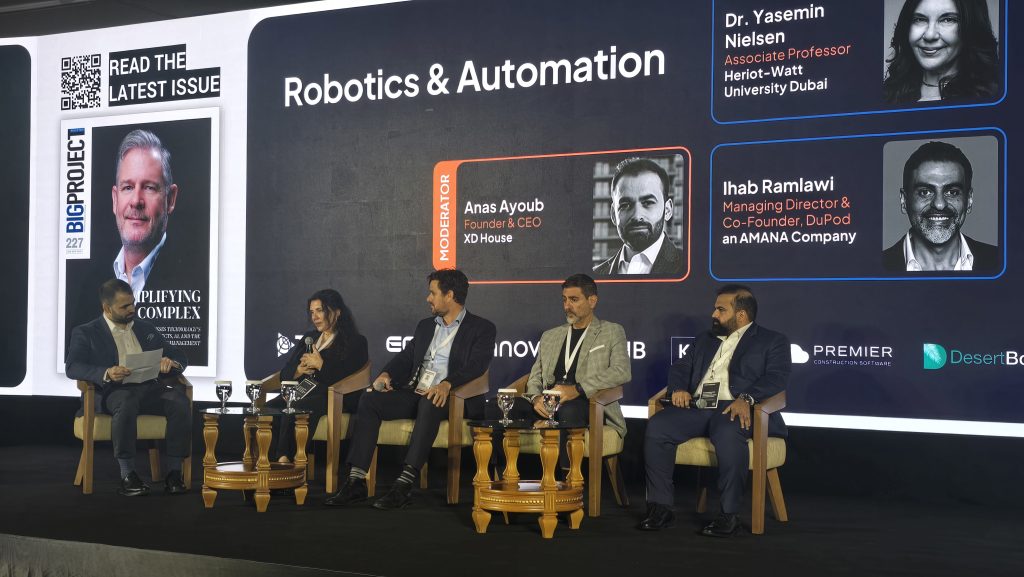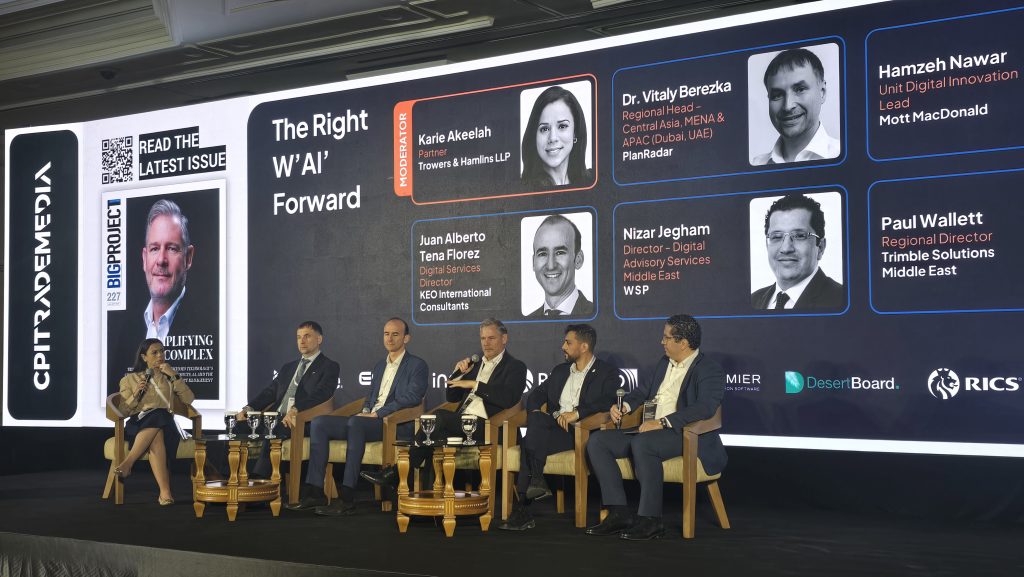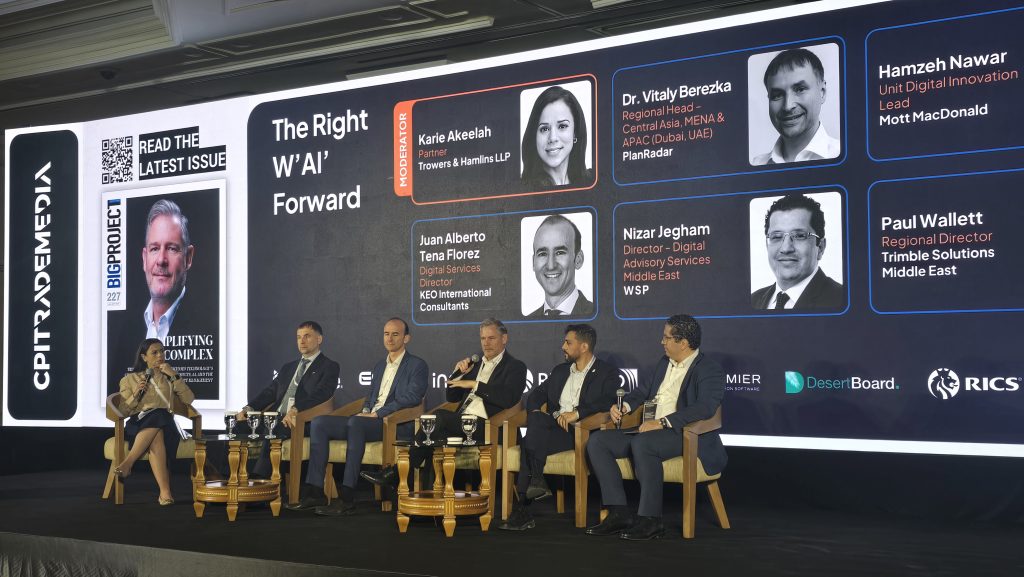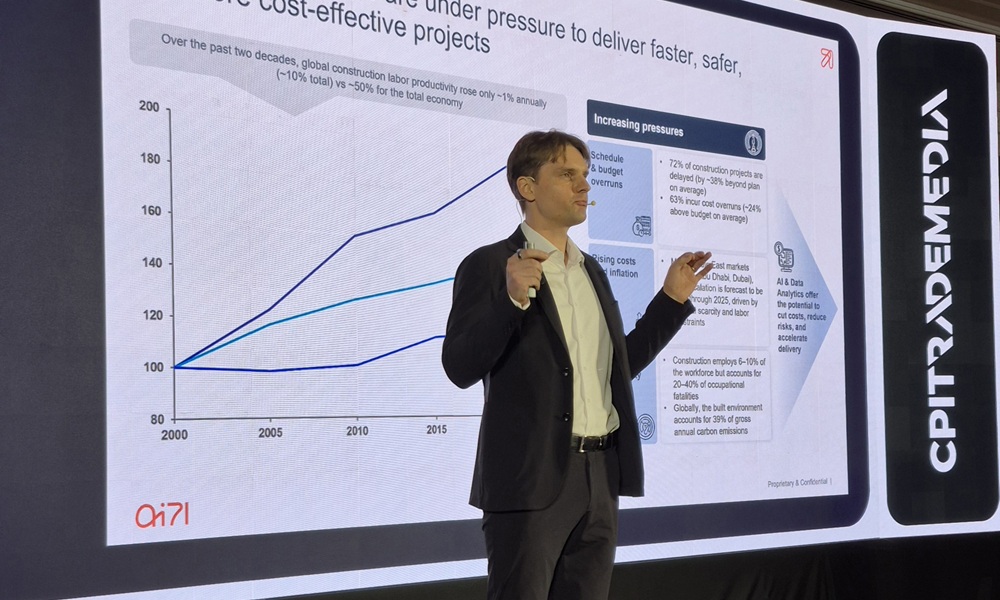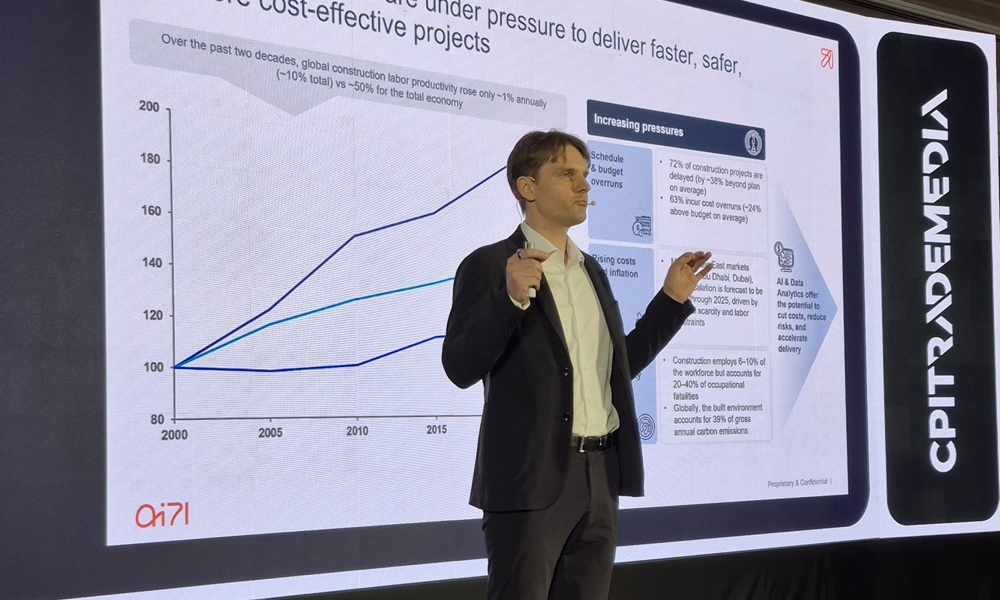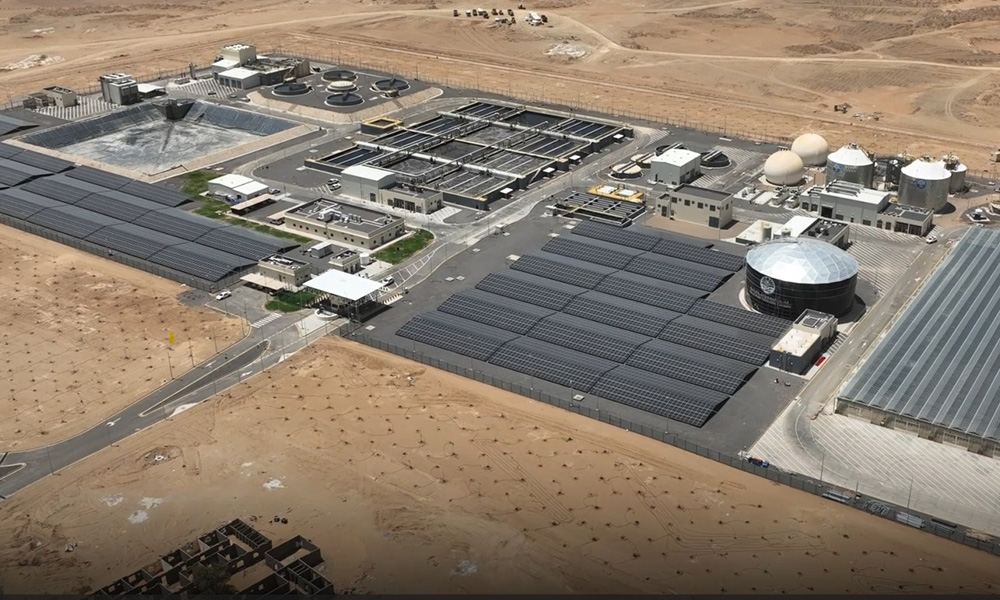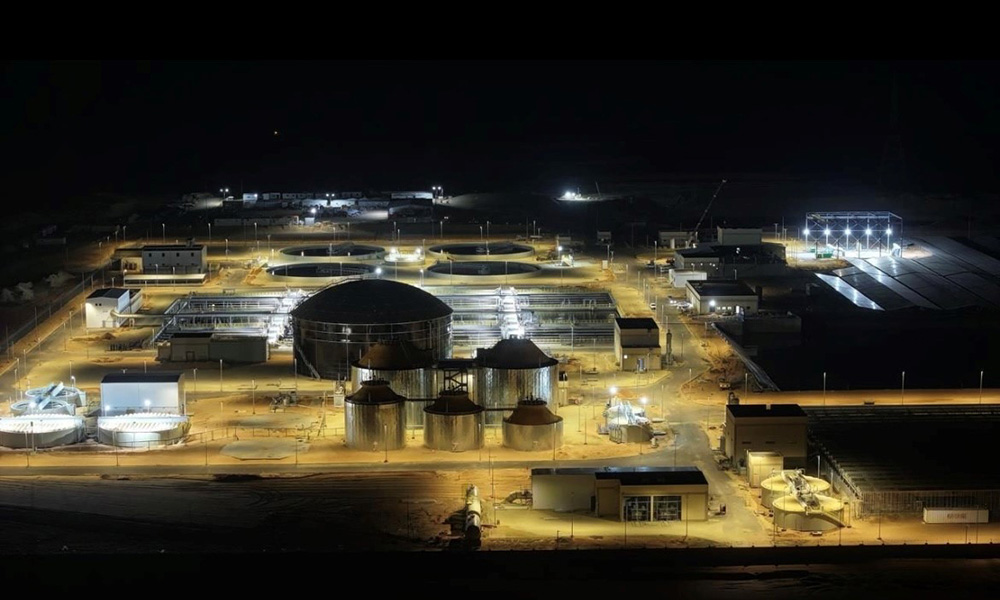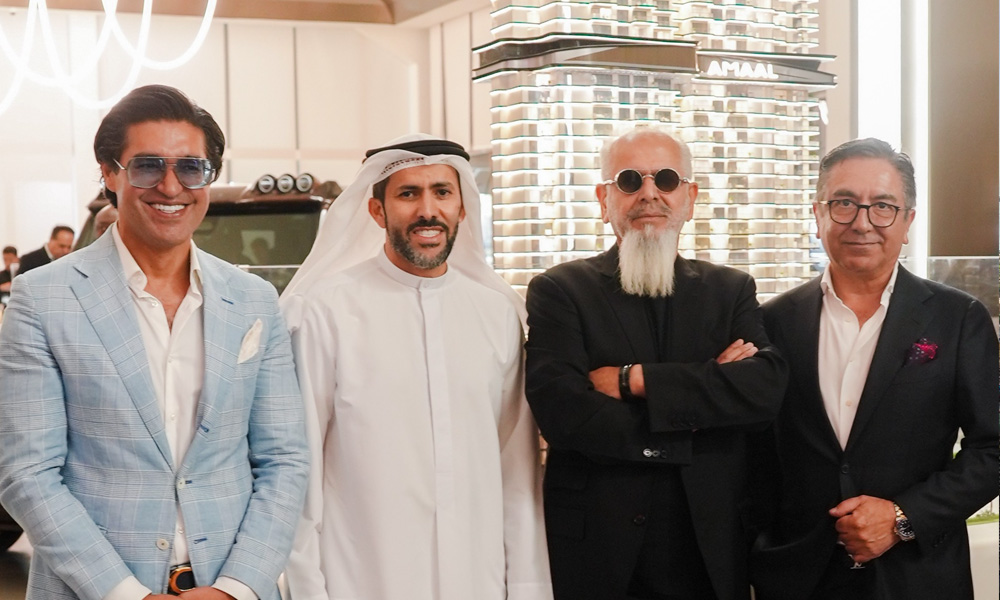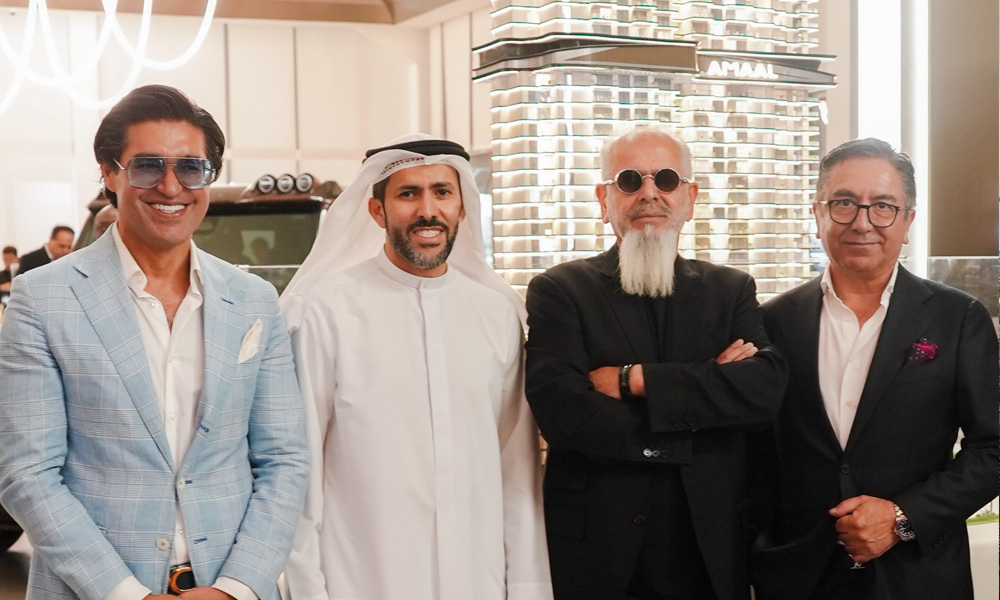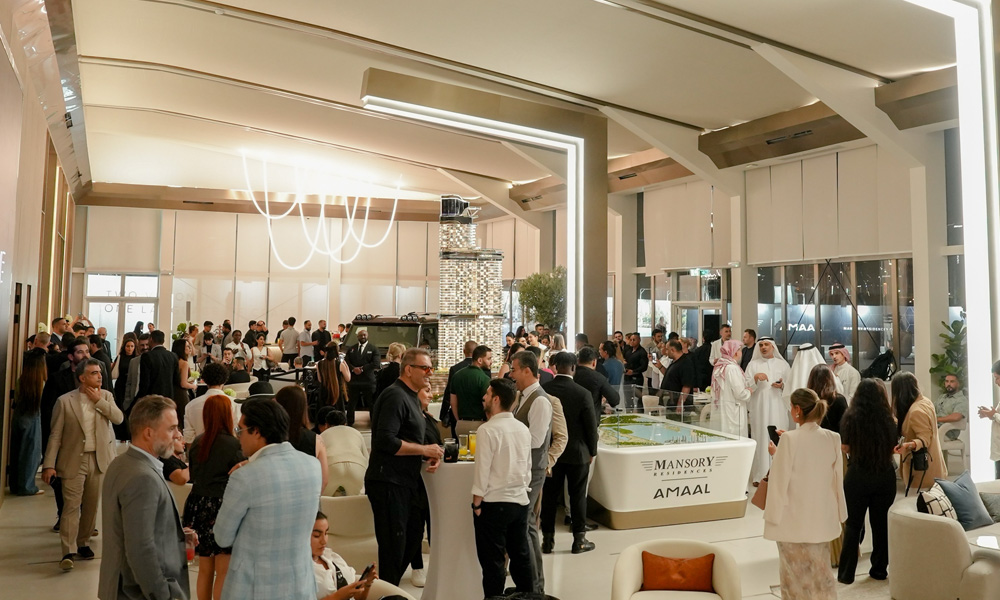The construction industry has long been seen as conservative, asset-heavy, and slower to adopt digital transformation compared to other sectors. But according to Klemensas Mecejus, Executive Director of AI7, that perception is rapidly changing. In his keynote address at the Digital Construction Summuit, he set out why the industry is on the cusp of an AI-driven revolution — one that promises to transform design, planning, operations, and maintenance.
“Historically, the sector was very grounded,” Mecejus said, pointing to high capital expenditure, traditional engineering practices, and slow digital adoption. While industries such as finance and manufacturing raced ahead with IT and AI integration, construction lagged.
“Today, that’s no longer the case. We see advanced environments used in design and planning, IoT devices and wearables on sites, and even satellite analytics driving reconstruction flows,” he explained.
From RFID-tagged equipment to connected sensors and drone imagery, data streams are being unified at scale — laying the groundwork for the next leap forward: autonomy and generative AI.
The autonomous future
Among the biggest opportunities Mecejus identified is autonomy. He painted a picture of AI-equipped inspection vehicles roaming sites day and night, automatically scanning for deviations between plans and execution. “Imagine the overlay of what is being built versus what is supposed to be built, with instant signalling of risks and challenges — and at minimal cost,” he said.
Such applications, he stressed, would benefit regulators, municipalities, developers, and contractors alike, driving consistency and reducing risk across the entire construction value chain.
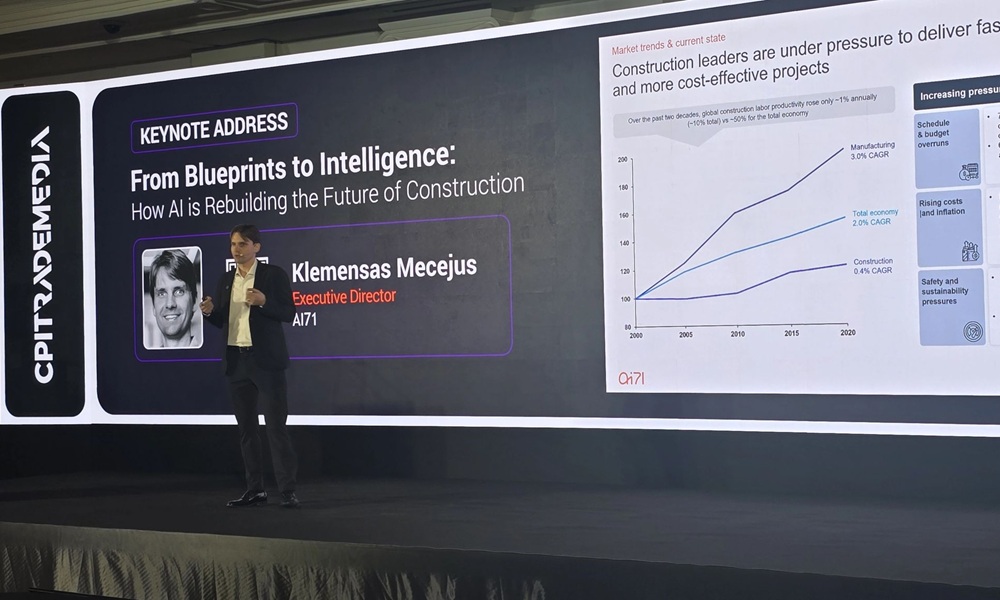
Generative AI and the design revolution
Another breakthrough lies in generative AI. In design and planning, where complex schedules, vast product databases, and multiple stakeholders once slowed progress to a crawl, AI is now able to simplify workflows.
“Previously, integrating all that into one system was almost impossible,” Mecejus admitted. “Now we can create unified data layers that power interactive AI.”
He cited permitting and compliance checks as an area already being transformed. AI can now interpret CAD files, identify walls, beams, and windows in natural language, apply regulatory maths, and cross-reference thousands of building codes — all in seconds. Even more striking is AI’s ability to then fix non-compliant designs automatically. “The user just reviews and approves. That’s it,” he said.
The gains, he claimed, are “thousands of percent” in efficiency, opening the door to faster creativity and safer, more compliant construction.
One particularly compelling use case lies in permitting. Mecejus described how AI systems can process both design drawings and regulatory codes simultaneously, marking compliant and non-compliant elements directly on the plans.
“This means municipalities and developers can move through approvals in hours instead of weeks,” he noted. “And every iteration of the design only takes minutes.” For the Gulf region, where rapid urban development often collides with lengthy approval processes, such solutions could prove game-changing.
Beyond design, AI is making inroads into site safety. Camera systems powered by AI can automatically check if workers are wearing protective equipment or whether site procedures are being followed.
“This is increasingly appearing on the dashboards of major developers,” Mecejus explained. “Safety and compliance are not just tick-boxes — they are areas where AI delivers measurable value.”
BIM and the single source of truth
Building Information Modelling (BIM) also featured strongly in Mecejus’ vision. While historically used in isolated phases, he sees BIM as central to a “single source of truth” spanning the full lifecycle of a project — from masterplanning through permitting, construction, operations, and eventual maintenance.
By embedding BIM into digital twin models, companies can layer analytics on top, ensuring greater stability, predictability, and insight. “It’s not just about files anymore — it’s about creating a unified decision-making brain for construction,” he argued.
Once used primarily in design, BIM is evolving into a digital twin platform spanning a project’s full lifecycle.
“BIM offers a single source of truth — from pre-concept planning to construction and operations,” Mecejus said. “On top of that, you can build analytics and create what we call a unified decision-making brain.
That “brain” integrates satellite imagery, IoT sensors, contract details, and schedules to forecast risks such as project delays. For example, it can detect slowing progress in drone footage, cross-check contractor workloads, and flag where permitting issues could impact delivery.
Despite the enthusiasm, Mecejus was candid about the hurdles. Chief among them is proving return on investment. “It’s very difficult to link certain AI applications directly to bottom-line impact,” he warned.
High costs of compute power, data management, and agentic AI platforms demand significant upfront investment. Without clear evidence of scale, CFOs remain cautious. Yet, he believes technology maturity is improving rapidly, and those who lead early will reap the rewards.
His closing message to industry leaders was both practical and motivational. Adoption, he said, will not be linear. “Many things are new, untested, and risky. But leaders need to champion innovation, support their teams, and embrace risk appetite.”
He urged executives to “be bold, don’t be afraid, experiment, play, and be open to failure. Fail fast, adapt, and move forward. That’s what will make you a true leader in this transformation.”
For Mecejus, what excites him most is how quickly the landscape is evolving. “All of this wasn’t possible two years ago,” he reminded the audience. Advances in algorithms, compute power, and data quality now make once-impossible workflows achievable at scale.
His optimism is contagious: an industry long defined by slow-moving processes and heavy equipment is suddenly finding itself at the cutting edge of applied AI.
“Tomorrow,” he concluded, “we will be able to do much more. And that’s what’s truly exciting.”
The post AI in construction: Be bold, don’t be afraid, trust the technology, experiment with it. Play with it. appeared first on Middle East Construction News.
Source: ME Construction News
